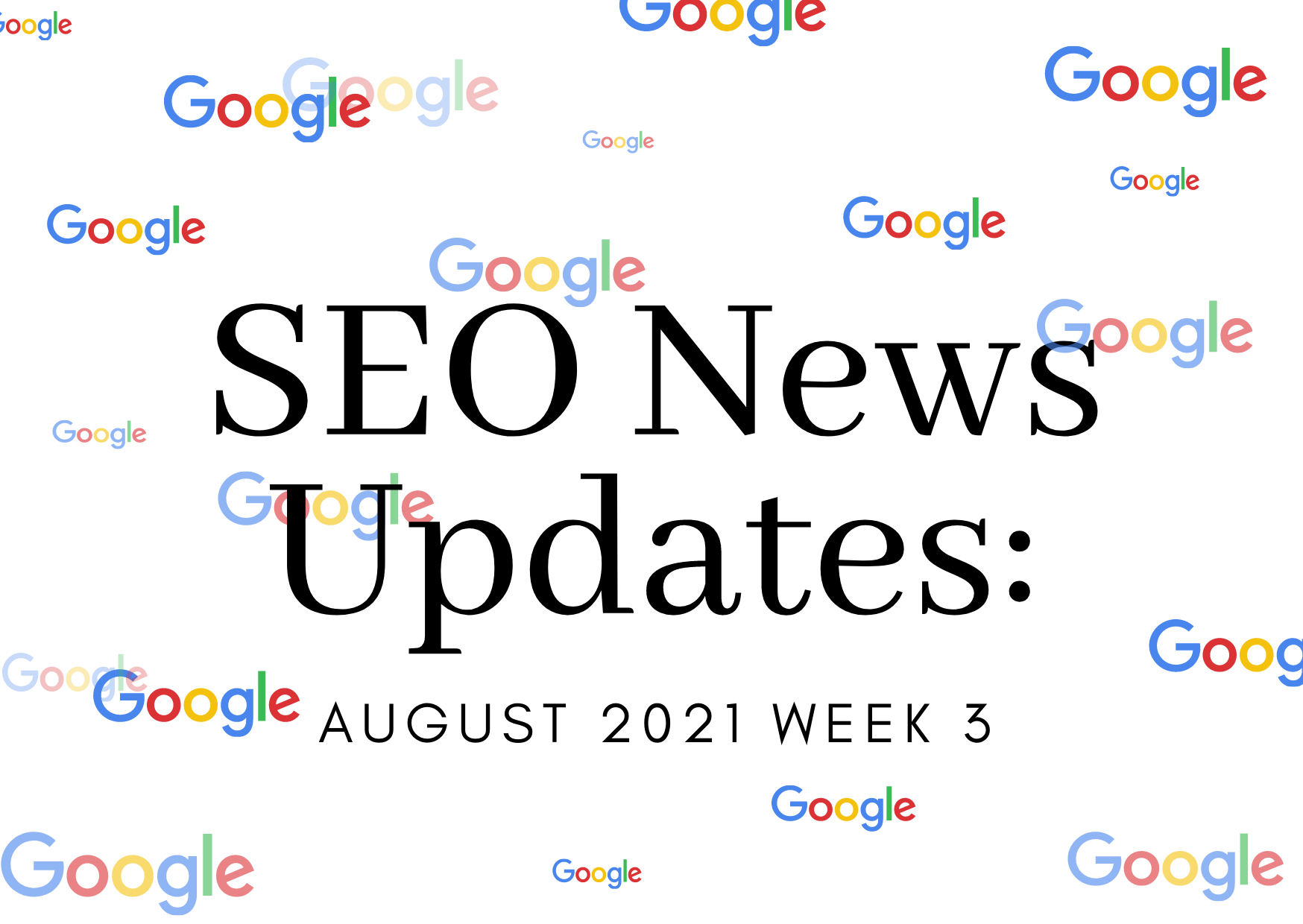Steph W. from SEOPressor


...help you check your website and tell you exactly how to rank higher?


80
score %
SEO Score

Found us from search engine?
We rank high, you can too.
SEOPressor helps you to optimize your on-page SEO for higher & improved search ranking.
By kaiwern on August 23, 2021

Hola SEO peeps!
Here’s a quick overview of what is happening this week…last week I mean, my bad.
What if I say that you no longer have to reach out to the
Search Central Help Community for indexing issues?
Google has now officially provided a tool for Search Console users worldwide to escalate their issues regarding Google Search indexing bugs. The tool is to help users who need further support with indexing issues that can’t be solved by the Google Search Central Help Community.
This was run as a pilot to a limited number of users back in April but is now open worldwide although currently only available in the English language.
For those of you who don’t know, the tool can be accessed using 2 documents, the URL inspection document and indexing coverage report document.
With the tool officially opened worldwide, site owners can escalate their indexing issues DIRECTLY to Google, which should help them get closer to resolving them.
Google’s local results seem to be testing out a new way of showing reviews in the listing for some businesses. Here are some examples of what people are recently seeing on their search.
Some people have been noticing that Google isn’t just showing the number of reviews with the review summary in stars, but also labels if the reviews are “from the web” or from “independent sites.” It’s not something that everyone can replicate so this could mean that it is still in the process of implementation or testing.
I was able to replicate one of them and the reviews “from the web” show the reviews from recommendation or review sharing sites such as Womply and Fresh Chalk.

Another thing that SEO enthusiast has been seeing lately is that instead of the title tags, Google is using header tags (like H1s and H2), for its search result snippets.
The scale of title rewrites is unknown, but many are coming across it already.
Although most people mentioned that Google is drawing in text from H1 tags, some said that they saw their page’s title replaced with anchor text from an internal link. In addition, a user mentioned when Google rewrites a title, it was shorter than the original which suggests an effort to improve readability and enhance the relevancy of a result.
Well, in my case, I found that Google is extracting H3 tags instead.
Another viable reason is that Google may choose to grab any relevant text from a page and display it as the title in SERPs like the case for meta descriptions. This was to adjust the description in search snippets to match the user’s query.
Replacing the title with texts other than the ones tagged with “title tag” may be a good move as it could enhance relevancy for both searchers and the website.
Here’s a brief of the situation that a Twitter user asked John Mueller about.
Situation:
The current agency that controls the site told their client that if they switch to another agency, they will delete the site (but remain the domain name for them). So, a freelancer asked Google:
“I can build a new website for the client and get all the content from the old website. But I’m a bit scared to make the client lose his SEO traffic. What would be your advice in this kind of case?”
What John Mueller recommended was that they should download the site as is in static form and host it as a static site, as compared to most of the sites today which is dynamic.
So, just in case they do delete the site, host a static site first, then rebuild it slowly, over time, and replace the static site once the new site is ready to go up.
And that’s about it! Hope there isn’t a time you’ll need to resort to this tedious method. For more SEO updates, see you next week.
Updated: 27 December 2025


Save thousands of dollars (it’s 100x cheaper)

Zero risk of Google penalty (it’s Google-approved)

Boost your rankings (proven by case studies)
Rank High With This Link Strategy
Precise, Simplified, Fast Internal Linking.
